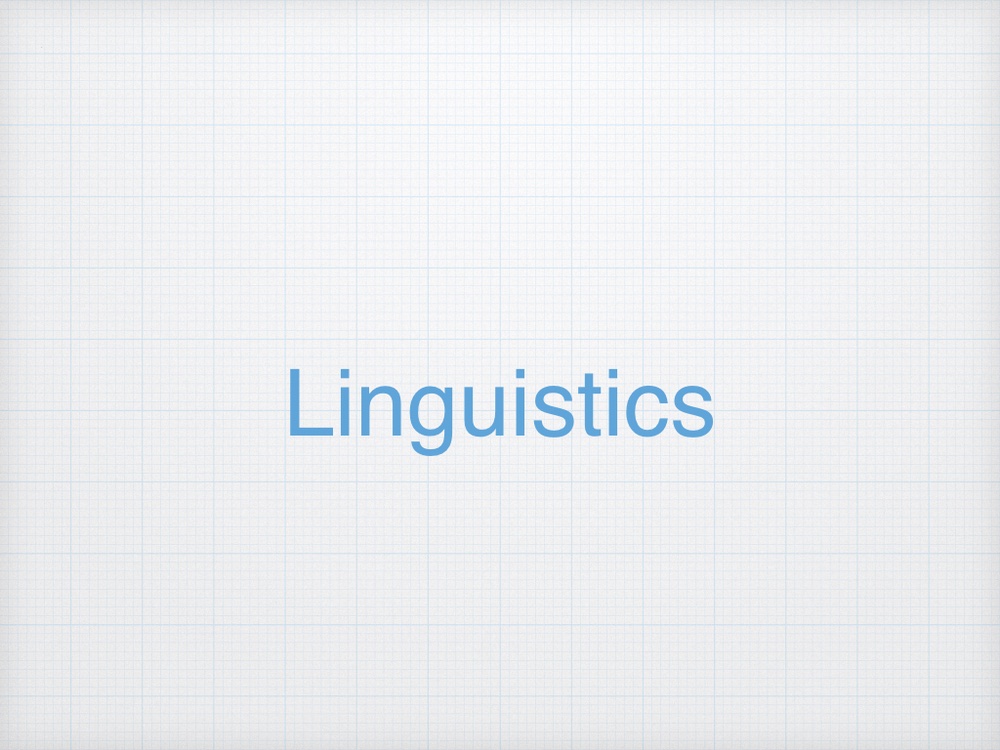全て構文である
以前の投稿でConstruction Grammar(構文文法)というものをみた.これは生成文法とは異なり,形式と意味(機能)のペアとして言語を考える.
その構文の具体的な例をGoldberg (2009) がまとめていたので紹介したい.
| Table 1. | Examples of constructions, varying in size and complexity |
|---|---|
| Word | e.g., tentacle, gangster, the |
| Word (partially filled) | e.g., post-N, V-ing |
| Complex word | e.g., textbook, drive-in |
| Idiom (filled) | e.g., like a bat out of hell |
| Idiom (partially filled) | e.g., believe ⟨one’s⟩ ears/eyes |
| Covariational Conditional |
The Xer the Yer (e.g., The more you watch the less you know) |
| Ditransitive |
Subj V Obj1 Obj2 (e.g., She gave him a kiss; He fixed her some fish tacos.) |
| Passive |
Subj aux VPpp (PPby) (e.g., The cell phone tower was struck by lightening.) |
| 表1. | 大きさと複雑さが様々な構文の例 |
|---|---|
| 単語 (Word) | 例: tentacle (触手), gangster (ギャング), the (定冠詞) |
| 単語(部分的に充填) (Word (partially filled)) | 例: post-N (名詞の後), V-ing (動詞ing形) |
| 複合語 (Complex word) | 例: textbook (教科書), drive-in (ドライブイン) |
| イディオム(完全形) (Idiom (filled)) | 例: like a bat out of hell (脱兎のごとく) |
| イディオム(部分的に充填) (Idiom (partially filled)) | 例: believe ⟨one’s⟩ ears/eyes (⟨自分の⟩耳/目を信じる) |
| 共変条件文 (Covariational Conditional) |
The Xer the Yer (〜すればするほど、ますます〜) (例: The more you watch the less you know – 見れば見るほど分からなくなる) |
| 二重目的語構文 (Ditransitive) |
Subj V Obj1 Obj2 (主語 動詞 目的語1 目的語2) (例: She gave him a kiss – 彼女は彼にキスをした; He fixed her some fish tacos – 彼は彼女にフィッシュタコスを作った) |
| 受動態 (Passive) |
Subj aux VPpp (PPby) (主語 助動詞 過去分詞 (by句)) (例: The cell phone tower was struck by lightening – その携帯電話の電波塔は落雷を受けた) |
こういった内容を見ていると,やはり生成文法とは異なる発想をしているのが分かる.
こういった方向は勉強不足なので,これから学んでいきたい.
参考文献
- Goldberg, A. E. (2009). The nature of generalization in language.

